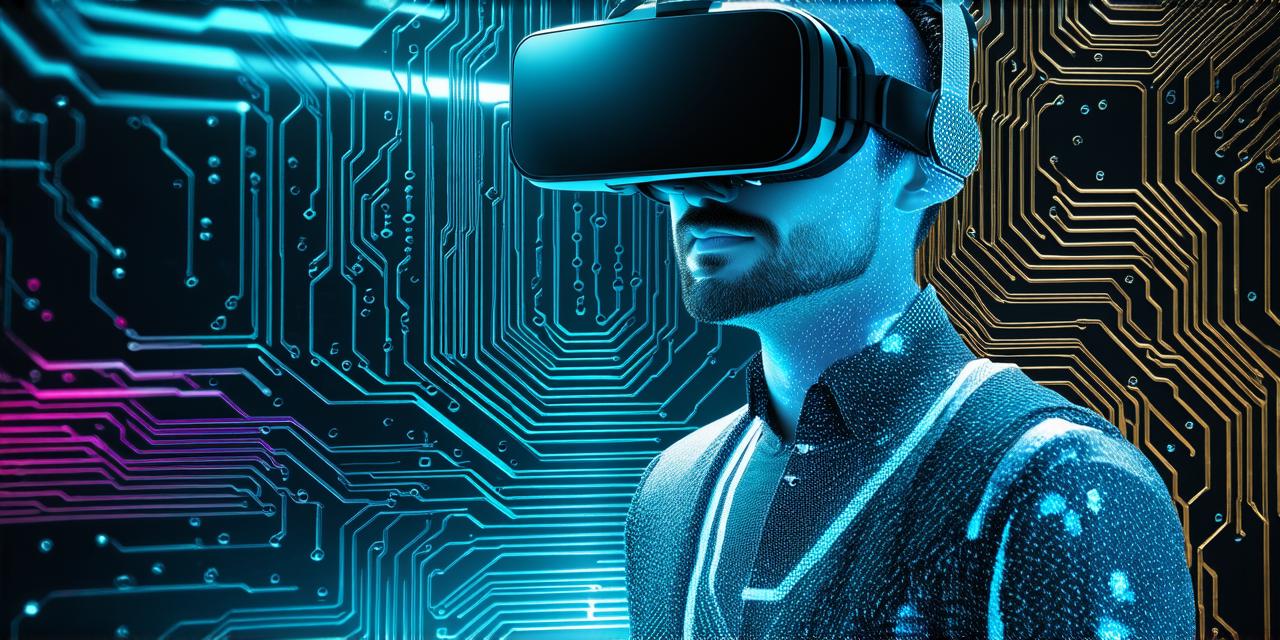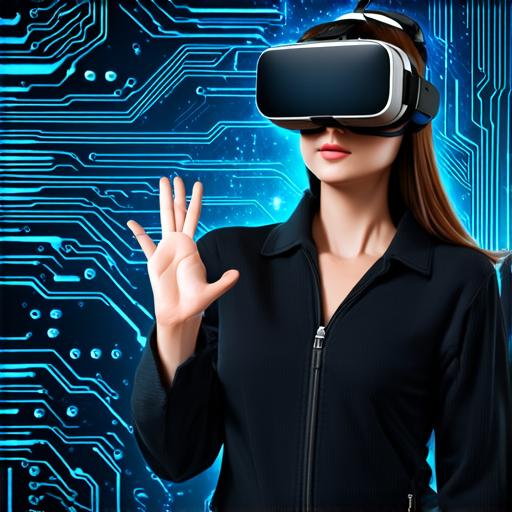
Which therapeutic techniques have been enhanced by advancements in virtual reality technology?
Virtual reality (VR) technology has advanced significantly over the years, and it has brought about significant changes in various fields, including healthcare. VR technology has been used to enhance therapeutic techniques in several ways, including:
-
One of the most significant benefits of VR technology is its ability to help manage pain effectively. Studies have shown that patients who undergo virtual reality therapy experience less pain than those who do not. Virtual reality can distract patients from pain and create a relaxing environment, reducing stress levels and promoting relaxation.
-
Virtual reality has also been used to treat mental health disorders such as anxiety, depression, and PTSD. By creating realistic simulations of triggering situations, therapists can help patients confront their fears in a safe and controlled environment. This exposure therapy has been shown to be effective in reducing symptoms and improving overall mental health.
-
Virtual reality technology has also revolutionized rehabilitation by providing patients with immersive, interactive experiences that simulate real-life scenarios. This can help patients regain their mobility and improve their coordination, balance, and strength. Virtual reality rehabilitation programs have been used to treat a wide range of conditions, including stroke, spinal cord injuries, and amputations.
-
Virtual reality technology has also been used for medical training, allowing doctors and nurses to practice complex procedures in a safe environment. This can help reduce the risk of errors during actual surgeries and improve patient outcomes. Virtual reality medical training programs have been used to teach a wide range of procedures, including surgical procedures, emergency response, and patient care.
-
Virtual reality technology has also been used in education, providing students with immersive learning experiences that can enhance their understanding of complex concepts. By creating realistic simulations, virtual reality can help students visualize abstract ideas and improve their retention of information. Virtual reality education programs have been used to teach a wide range of subjects, including anatomy, chemistry, and physics.

In conclusion, virtual reality technology has revolutionized various aspects of healthcare, including pain management, mental health treatment, rehabilitation, medical training, and education. As VR technology continues to advance, we can expect to see even more innovative uses of this technology in the future.


